 | 1876 - 586 pages
...greater base shall be greater than the angle contained by the sides equal to them, of the other. 2. The opposite sides and angles of a parallelogram are equal to one The longer side of a parallelogram is double of the shorter. INDIA» О. В. Prove that the straight... | |
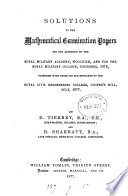 | D. Tierney - 1877 - 126 pages
...their other angles shall be equal, each to each, viz. those to which the equal sides are opposite. 2. The opposite sides and angles of a parallelogram are equal to one another, and the diameter bisects it, that is, divides it into two equal parts. From the angle A of the parallelogram... | |
 | Edward Atkins - 1877 - 72 pages
...it was shown to be equal to it. Therefore, the straight lines, &c. QED Proposition. 34. — Theorem. The opposite sides and angles of a parallelogram are equal to one another, and the diagonal bisects the parallelogram — tluit is, divides it into two equal parts. Let ACDB... | |
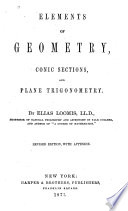 | Elias Loomis - Conic sections - 1877 - 458 pages
...angle ABC is equal to the whole angle ADC. But the angle BAD has been proved equal to the angle BCD ; therefore the opposite sides and angles of a parallelogram are equal to each other. Oor.l. Two parallels, AB, CD, comprehended between two other parallels, AD, BC, are equal... | |
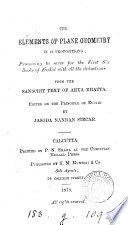 | Āryabhaṭa - 1878 - 100 pages
...equal (Ax. 2) to the whole angle ADC. And the angle BAD has 1been proved to be equal to the angle BCD. Therefore the opposite sides and angles of a parallelogram are equal to one another. Also the diagonal BD bisects the parallelogram AC, because the two triangles ABD, BCD, are equal. Similarly... | |
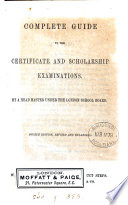 | J T. Amner - 1878 - 226 pages
...; what other condition is required that the triangles may be equal in all respects ? Section 2. 1. The opposite sides and angles of a parallelogram are equal to one another. If the four corners of a square piece of paper are folded to meet in the centre of the square, another... | |
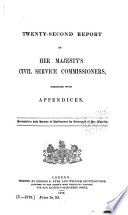 | 1878 - 632 pages
...their other angles shall be equal, each to each, viz., those to which the equ«l sides are opposite. 2. The opposite sides and angles of a parallelogram are equal to one another, and the diameter bisects the parallelogram, that is. divides it into two equal parts. From the angle... | |
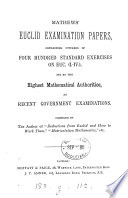 | Edward Harri Mathews - 1879 - 94 pages
...bisecting lines, a line be drawn to the opposite angle of the triangle, it will bisect that angle. 2. The opposite sides and angles of a parallelogram are equal to one another, and the diameter bisects it, that is divides it into two equal parts. Prove further that, if from any... | |
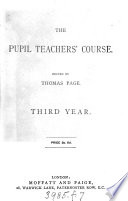 | Moffatt and Paige - 1879 - 474 pages
...B D. Therefore, the straight lines which join the extremities, etc. QED Proposition XXXIV. Theorem. The opposite sides and angles of a parallelogram are equal to one another, and the diameter bisects it, that is, divides it into two equal parts. Let ACDB be a parallelogram,... | |
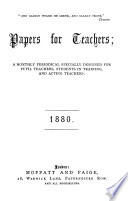 | 1880 - 594 pages
...farms, must have resembled the most flourishing parts of Lombardy or the Netherlands." Euclid. — i. The opposite sides and angles of a parallelogram are equal to one another, and the diameter bisects it, that is, divides it into two equal parts. Two parallel lines cut a series... | |
| |